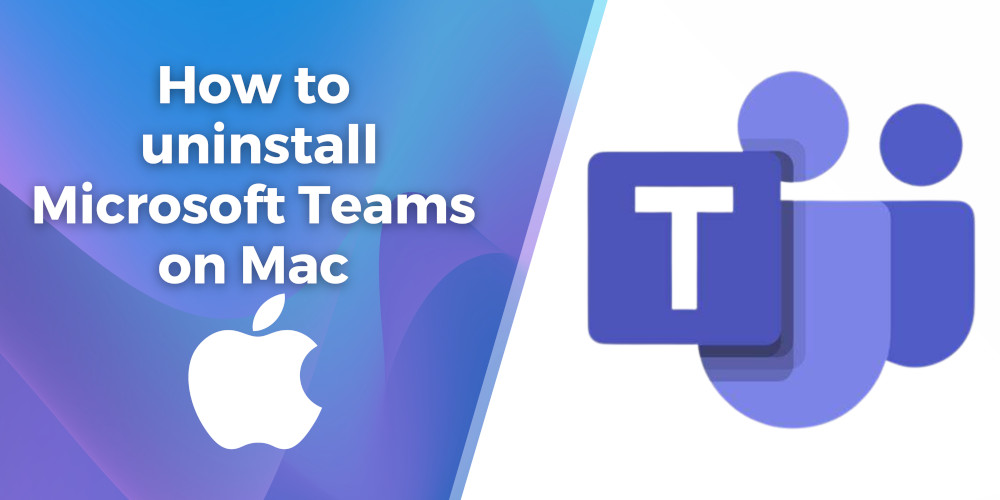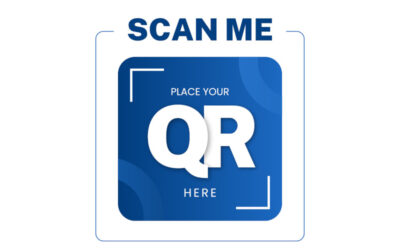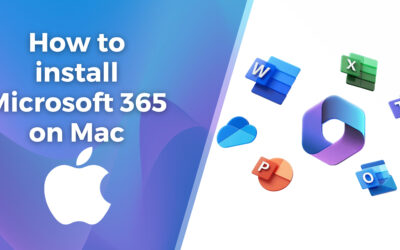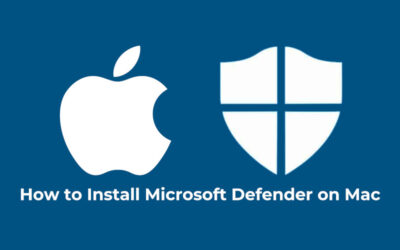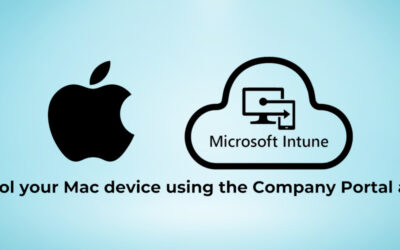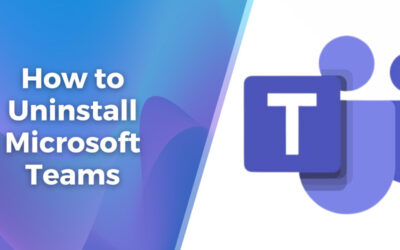Uninstalling Microsoft Teams: What happens to your data?
If you’re thinking about uninstalling Microsoft Teams, you may be wondering what will happen to your chat history and files. Well, the answer depends on how you’ve set up your Teams account.
If you’ve enabled cloud storage and chat history in Teams, you can rest easy knowing that your data will be retained even after uninstallation. That means you can still access your chat history and files by simply logging into Teams from any device or through the Microsoft Teams website.
However, if you’ve chosen to store your data locally, uninstalling Teams could result in the loss of your chat history and files. So, it’s important to keep this in mind before making the decision to uninstall Teams.
Remember, your data is valuable, and we want to ensure you have all the information you need to make the best choice for yourself.
- Step 1: Quit Teams
- To close the application, right click on the Team icon in the dock and select “Quit”.
- Step 2: Open Finder & Navigate to Applications
- In the Finder window, click “Applications” in the sidebar.
- Step 3: Locate Microsoft Teams
- Find Microsoft Teams in the list of applications.
- Step 4: Move Teams to Trash
- Right click on Teams and select “Move to Trash”.
- Then, empty the Trash by right clicking on the Trash icon in the dock and selecting “Empty Trash”.
Remove Any Residual files
While the above method allows you to uninstall Teams, it may leave behind some residual files. Follow the procedure below to remove any Microsoft Teams leftover files from Mac manually.
- Open finder and select Go > Go To Folder.
- Open the following directories and delete the folder and files next to each of them;
- ~/Library/Caches/ — com.microsoft.teams
- ~/Library/Application Support/Microsoft/ — Teams
- ~/Library/Preferences/ — com.microsoft.teams.plist
- ~/Library/Saved Application State/ — com.microsoft.teams.savedState
- ~/Library/Logs/ — Microsoft Teams Helper (Renderer)
- /Library/LaunchDaemons/ — com.microsoft.teams.TeamsUpdaterDaemon.plist
- /Library/Preferences/ — com.microsoft.teams.plist
- After you complete the above, empty the trash and restart your Mac computer.
What to do if Teams Reinstalls itself?
If you experience an issue with Microsoft Teams reinstalling itself after you have uninstalled it, there are a few extra steps you can take to fix it.
- Remove Teams from Startup: Open the Task Manager by pressing Ctrl + Shift + Esc. Go to the “Startup” tab and disable Teams from running at startup.
- Clear the Teams Cache: Press the Windows key + R to open the Run dialog box. Type “%appdata%\Microsoft\Teams” and press Enter. Delete all the files and folders within the Teams folder.
By following these tips, you should be able to resolve the issue of Teams reinstalling itself on your Mac, however, if you need further assistance, you are welcome to contact KeyTech IT Support

